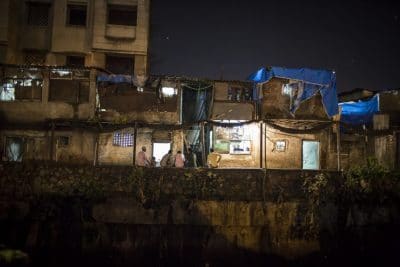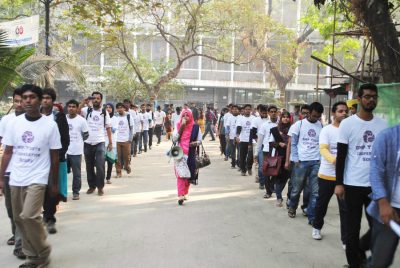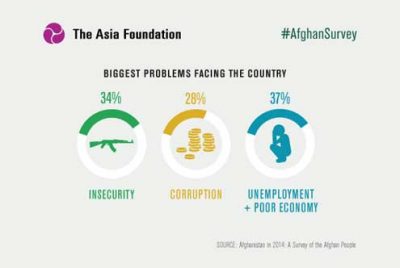Inequality
In Conversation: India’s New Philanthropy
January 31, 2018
Blog Post
India has around 2 percent of the world’s millionaires and 5 percent of its billionaires, and since 2000, wealth in the country has grown 9.2 percent a year, faster than the global average of 6 percent. At the same time, India ranks among the highest in terms of income inequality and is home to the world’s largest number of poor people. India’s lea… Read more
Q&A with Goldman Sachs Technology Investor on Inequality in the Workforce
August 23, 2017
Blog Post
On September 6-8, over 300 women funders and leaders from across the globe will convene in San Francisco for the 2017 Women Funded Conference, which will feature interactive workshops and sessions to mobilize a community around promoting equality and eradicating discrimination. Ahead of the event, In Asia editor Alma Freeman sat down with Lucy Lee,… Read more
Six Pressing Issues in Asia and How We’re Adapting Our Approach to Address Them
September 6, 2016
Blog Post
Today, 60 percent of the world’s population lives in Asia – with 40 percent concentrated in China and India alone – and the region will continue to host the majority of the world’s population through 2050. Over the past two decades, economic growth has helped lift hundreds of millions of people out of poverty, and 56 percent of developing Asia’s po… Read more
Commemorating Malay-Muslim Icon Haji Sulong: Inspiring Hope for Lasting Peace in Southern Thailand
October 14, 2015
Blog Post
On the evening of Aug. 14, 2015, the family of the late Haji Sulong – the revered voice of Malay-Muslim cultural identity and nationalism – convened a public event to commemorate the 61st anniversary of his unsolved disappearance. Haji Sulong’s efforts to secure the rights, recognize the unique cultural identity…
Trends That Will Shape Asia’s Economic Future (Part 2)
February 11, 2015
Blog Post
In last week’s blog, I highlighted four top trends to look out for in Asia’s economic future, including: Asia as the driver of growth, the growing tide of inequality and disparity, Asia’s trendsetters, and regional integration and regional fragmentation. Here are four more top trends to watch…
Does the Ghani Administration Mean a Greater Role for Women in the Afghan Economy?
November 19, 2014
Blog Post
At his inauguration on September 29, President Ashraf Ghani thanked his wife, Rula, for her support during the campaign, and to the surprise of many in Afghanistan, promised Afghans that she would continue her work advocating on behalf of the nation’s 750,000 internally displaced people. Having previously served as the country’s finance minister in 2002-2004…
Bangladesh’s Development Surprise: A Model for Developing Countries
June 25, 2014
Blog Post
By many metrics, Bangladesh’s development trajectory is a unique success story, especially since the 1990s when democratic rule was reinstated and extensive economic reforms were made. Poverty incidence has fallen from 60 percent to around 30 percent.
Poverty, Inequality, and the Negative Effects of Mongolia’s Economic Downturn
June 25, 2014
Blog Post
For the last four years, Mongolia has had one of the fastest growing economies in the world, clocking double-digit growth on the back of a mining boom. The effects of this growth are obvious, especially in the capital, Ulaanbaatar, where cranes dominate the skyline…
Fellow Marcia Czarina Corazon Medina-Guce on Reform in the Philippines
June 25, 2014
Blog Post
In Asia editor Alma Freeman recently interviewed Philippine local governance leader Marcia Czarina Corazon Medina-Guce on President Aquino’s ambitious reform agenda and progress on poverty reduction and inclusive development.
Advancing Women Business Leadership in Mongolia
May 14, 2014
Blog Post
While Mongolia has made important strides in achieving gender equality, it still has a long way to go when it comes to parity between women and men in business. Currently, it ranks 33rd out of 136 countries according to the World Economic Forum’s Global Gender Gap Index (2013)…








